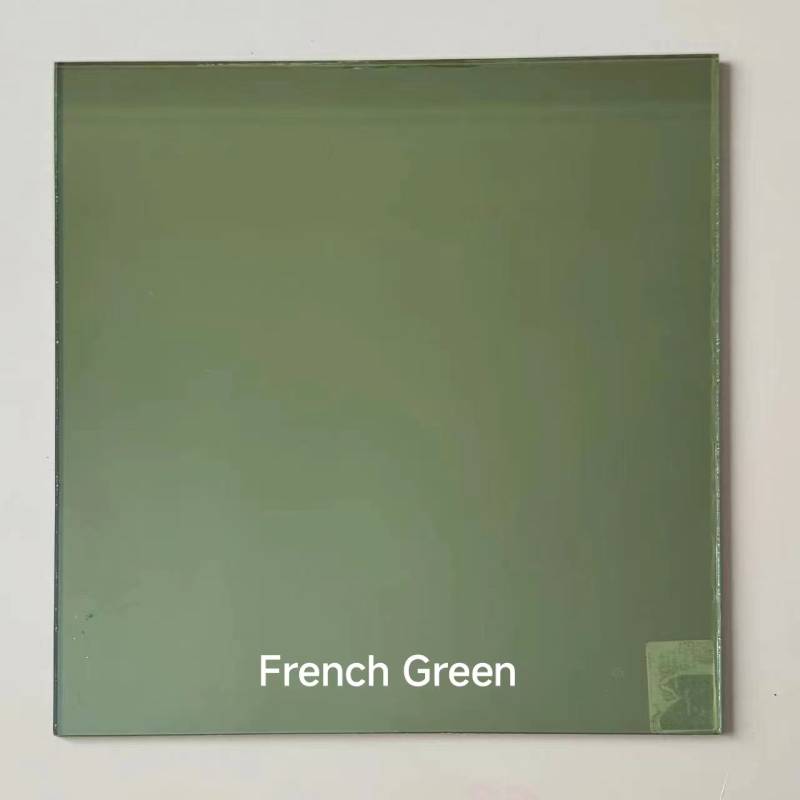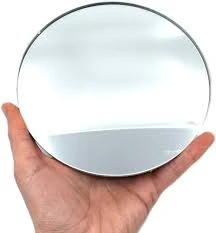Low-emissivity glass, popularly known as low-E glass, has revolutionized the window and glazing industry with its unparalleled ability to reduce energy loss and enhance insulation. As a fundamental component in modern architecture, low-E glass is celebrated for its ability to reflect infrared and ultraviolet light, thereby improving energy efficiency within buildings. Here's an exploration of the types of low-E glass available today, underscoring their unique features, benefits, and ideal applications.

The primary types of low-E glass are categorized based on their coating types and application processes hard coat (pyrolytic coating) and soft coat (sputtered coating).
Firstly, hard coat low-E glass is applied during the manufacturing process when the glass is still molten.
This pyrolytic method creates a durable coating that is integral to the glass. Hard coat low-E glass is known for its robustness, making it ideal for single-pane applications due to its resilience against harsh conditions. However, it is essential to note that this type retains a slightly lower energy efficiency compared to its soft coat counterpart, owing to its relatively higher emissivity value. Yet, its durability and cost-effectiveness make it an excellent choice for colder climates where passive solar heat gain is desirable.

On the other hand, soft coat low-E glass offers superior energy efficiency. The sputtered process involves applying multiple microscopically thin layers of metallic coatings to the glass in a vacuum chamber. The resulting product features an exceptionally low emissivity value, making it highly effective in reducing heat loss. Soft coat low-E glass is perfect for double- or triple-pane window systems, providing superior insulation and enhanced comfort. Its ability to prevent a significant amount of solar radiation while allowing natural light to pass through makes it preferable for regions requiring year-round energy efficiency.
Beyond the fundamental hard and soft coats, low-E glass can also be differentiated by its specific functionalities
types of low e glass
1. Passive Low-E Glass Engineered for maximizing solar heat gain, passive low-E glass is ideal for buildings located in cold climates where heat retention is vital in reducing heating costs. This type of glass allows more solar energy to penetrate through, naturally warming the interior spaces during the day.
2. Solar Control Low-E Glass This variant is optimized to minimize solar heat gain in warmer climates. By reflecting a significant portion of solar radiation, solar control low-E glass helps maintain cooler indoor temperatures and reduces reliance on air conditioning systems. This type is particularly beneficial for office buildings and urban homes that experience high sun exposure.
The choice between different types of low-E glass ultimately depends on climate, architectural design, and specific energy goals. For instance, in colder regions, a combination of hard coat low-E glass on the exterior with soft coat on the interior might be employed to achieve optimal thermal performance without compromising durability. In contrast, buildings in hot climates might benefit from using advanced solar control low-E coatings to maintain indoor comfort efficiently.
Incorporating low-E glass into construction projects is an effective strategy to meet modern energy codes and sustainability standards. It delivers a unique combination of energy savings, UV protection, and comfort enhancement while maintaining the aesthetic appeal of contemporary architectural designs. As the industry advances, innovations in low-E glass technology continue to provide enhanced performance, opening new vistas for architectural and energy-efficient building solutions.
For professionals involved in construction, understanding the unique properties of each type of low-E glass is essential to make informed decisions that ensure both functionality and sustainability. Trustworthiness in choosing the right glazing solutions hinges on a comprehensive understanding of the product and its alignment with environmental and energy conservation objectives. Leveraging expert knowledge and real-world experience, stakeholders can confidently integrate low-E glass technologies into their projects, optimizing energy use and fostering a sustainable future.



